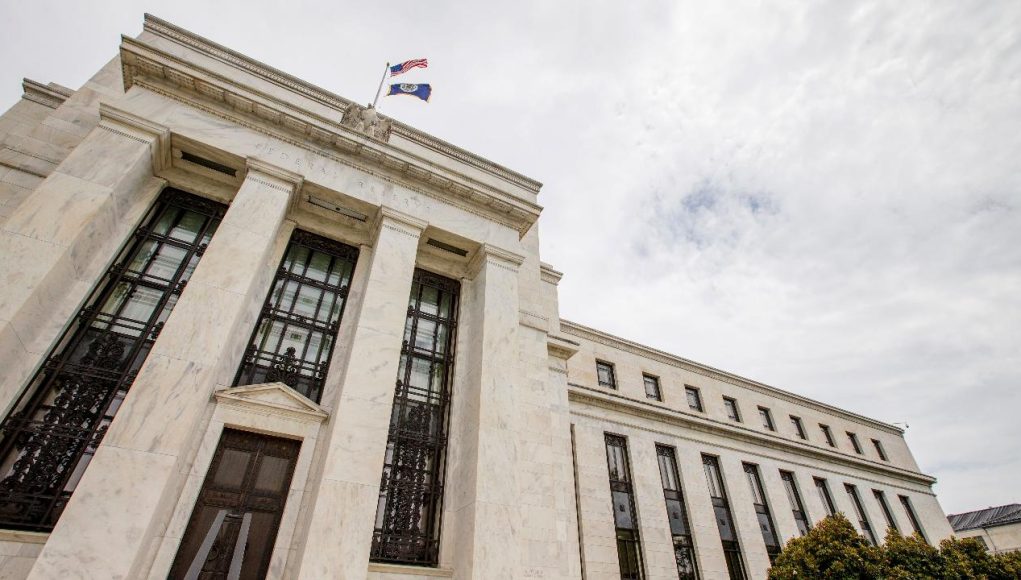The Federal Reserve, often referred to simply as “The Fed,” is one of the most influential institutions in the world of finance. As the central bank of the United States, its policies and decisions can reverberate far beyond U.S. borders, influencing global markets, economies, and financial systems. The Fed’s actions, particularly with regard to interest rates, monetary policy, and economic stimulus, play a critical role in shaping the financial landscape worldwide.
In this blog, we’ll explore how the Federal Reserve impacts global markets, its key tools for influencing the economy, and why investors and economies around the world closely monitor its every move.
The Federal Reserve: A Brief Overview
The Federal Reserve System, established in 1913, serves as the central bank of the United States. Its primary responsibilities include regulating the money supply, overseeing the banking system, and conducting monetary policy to achieve key economic goals, such as controlling inflation, fostering maximum employment, and promoting economic stability.
The Federal Reserve’s actions, particularly the decisions made by its Federal Open Market Committee (FOMC), have a far-reaching influence. The FOMC meets several times a year to discuss the state of the economy and set policy directions, which often include adjusting interest rates and implementing other monetary measures.
Key Ways the Federal Reserve Impacts Global Markets
1. Interest Rates and Global Capital Flows
One of the Fed’s most powerful tools is its ability to set interest rates. When the Fed raises or lowers the federal funds rate (the interest rate at which banks lend to one another overnight), it directly affects borrowing costs for individuals and businesses. But the impact doesn’t stop at the U.S. border — changes in U.S. interest rates have global consequences.
- Higher U.S. Interest Rates: When the Fed raises rates, borrowing in the U.S. becomes more expensive, which can slow economic growth. At the same time, higher U.S. interest rates attract foreign investment, as investors seek higher returns. This often results in capital flowing into the U.S. dollar, leading to its appreciation. An appreciating dollar can have significant consequences for other currencies and emerging markets, making exports from those countries more expensive and potentially slowing their growth.
- Lower U.S. Interest Rates: Conversely, when the Fed cuts rates, borrowing becomes cheaper, stimulating economic activity. However, lower rates can lead to capital outflows from the U.S. as investors look for better returns elsewhere, often sending money into higher-yielding emerging markets. This can cause currencies in those markets to appreciate, potentially making their exports more expensive but stimulating growth in those economies.
2. Quantitative Easing (QE) and Global Liquidity
Quantitative easing is another key tool used by the Fed to influence the economy, especially in times of economic crisis or when interest rates are already near zero. QE involves the Fed purchasing long-term government bonds and other securities to inject liquidity into the financial system.
- Global Liquidity: When the Fed engages in QE, it increases the amount of money in the global financial system. This can drive interest rates lower globally, as investors seek higher returns. This often leads to asset price inflation in both U.S. and global markets, including stocks, bonds, and real estate. In turn, this can impact global capital flows, influencing investment decisions across the world.
- Emerging Markets: QE policies can also have significant implications for emerging market economies. As capital flows into the U.S. due to low-interest rates and a favorable investment climate, emerging markets often experience a surge of foreign investment. However, once the Fed starts unwinding QE or raising interest rates, emerging markets can face capital outflows, weakening their currencies and creating financial volatility.
3. The U.S. Dollar’s Role in Global Trade
The U.S. dollar is the world’s primary reserve currency, used for a significant portion of international trade, investments, and foreign exchange reserves. This means that the Federal Reserve’s actions can directly impact global markets by affecting the strength of the dollar.
- Dollar Appreciation: When the Fed raises interest rates, the U.S. dollar tends to appreciate because higher interest rates attract foreign capital seeking better returns. This can make U.S. exports more expensive for foreign buyers and reduce the competitiveness of U.S. businesses abroad.
- Dollar Depreciation: Conversely, when the Fed cuts rates or implements QE, the dollar can weaken. A weaker dollar can benefit U.S. exporters by making their products cheaper in foreign markets, but it also raises the cost of imports, potentially contributing to inflation.
For countries heavily dependent on U.S. dollar-denominated debt, changes in the value of the dollar can have significant implications for their financial health. A stronger dollar increases the cost of servicing U.S.-denominated debt, while a weaker dollar makes it easier to pay off these obligations.
4. Global Inflation and Commodity Prices
The Fed’s policies also have a significant impact on global inflation, particularly through their influence on commodity prices like oil, gold, and other raw materials.
- Inflationary Pressures: When the Fed engages in expansionary policies (like lowering rates or implementing QE), it can fuel inflation both in the U.S. and globally. As liquidity increases, the demand for goods and services rises, which can push up prices.
- Commodity Prices: The U.S. dollar is a major factor in commodity pricing, as many commodities are priced in dollars. When the dollar weakens due to Fed policy, commodities priced in dollars often become cheaper for foreign buyers, driving up demand and prices. This can have ripple effects in economies that rely heavily on imports of these goods.
For instance, when the Fed cuts interest rates or engages in QE, it can lead to higher demand for commodities like gold, which is often seen as a hedge against inflation. This can drive up commodity prices globally, impacting businesses and consumers worldwide.
5. Investor Sentiment and Global Stock Markets
The Fed’s decisions and statements are closely watched by global investors. Fed actions, especially regarding interest rates and monetary policy, can have an immediate effect on investor sentiment and global stock markets.
- Stock Market Volatility: When the Fed changes interest rates or shifts its stance on monetary policy, it can lead to sudden market reactions. A rate hike, for example, could lead to stock market declines, as higher borrowing costs may result in lower corporate profits and reduced consumer spending.
- Global Risk Appetite: The Fed’s actions can also impact the global “risk appetite” — that is, investors’ willingness to take on risk in search of higher returns. When the Fed is dovish (favoring low rates and easy monetary policy), investors may be more willing to invest in riskier assets, such as stocks in emerging markets, driving up asset prices globally. On the other hand, when the Fed adopts a more hawkish stance (raising rates to curb inflation), investors may pull back from riskier investments and seek safer assets, such as U.S. government bonds or gold.
Why the Federal Reserve Matters for Investors and Policymakers Globally
For Investors
The Federal Reserve’s decisions can shape global market conditions, so it’s crucial for investors worldwide to closely follow its moves. Whether you’re trading stocks, bonds, commodities, or currencies, understanding how the Fed is likely to act helps investors make informed decisions about risk and investment strategies.
- Interest Rate Expectations: By following the Fed’s interest rate projections, investors can predict how capital will flow between markets, which currencies will strengthen or weaken, and which sectors are likely to benefit or suffer.
- Global Diversification: Since the Fed’s policies influence markets worldwide, investors need to diversify their portfolios to reduce risk. This includes investments in foreign markets and assets that are less sensitive to U.S. economic policies.
For Policymakers
Policymakers in other countries also closely monitor the Federal Reserve’s decisions because they can have a significant impact on domestic economic conditions. Central banks around the world often adjust their own monetary policies in response to the Fed’s actions to maintain economic stability.
Conclusion
The Federal Reserve’s influence extends far beyond the U.S. borders. Its decisions on interest rates, monetary policy, and financial stability impact global capital flows, currency exchange rates, inflation, commodity prices, and investor sentiment. Whether you’re an investor, policymaker, or business owner, understanding the Fed’s role in global markets is crucial for navigating the complexities of the modern financial world.
As the global economy becomes increasingly interconnected, the Federal Reserve’s policies will continue to play a central role in shaping financial outcomes worldwide. Keeping an eye on its actions can help you anticipate changes in global markets and make better decisions for the future.
For more insights into the world of finance and market trends, stay tuned to our blog for expert analysis and updates on global economic events.



































